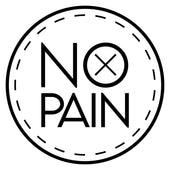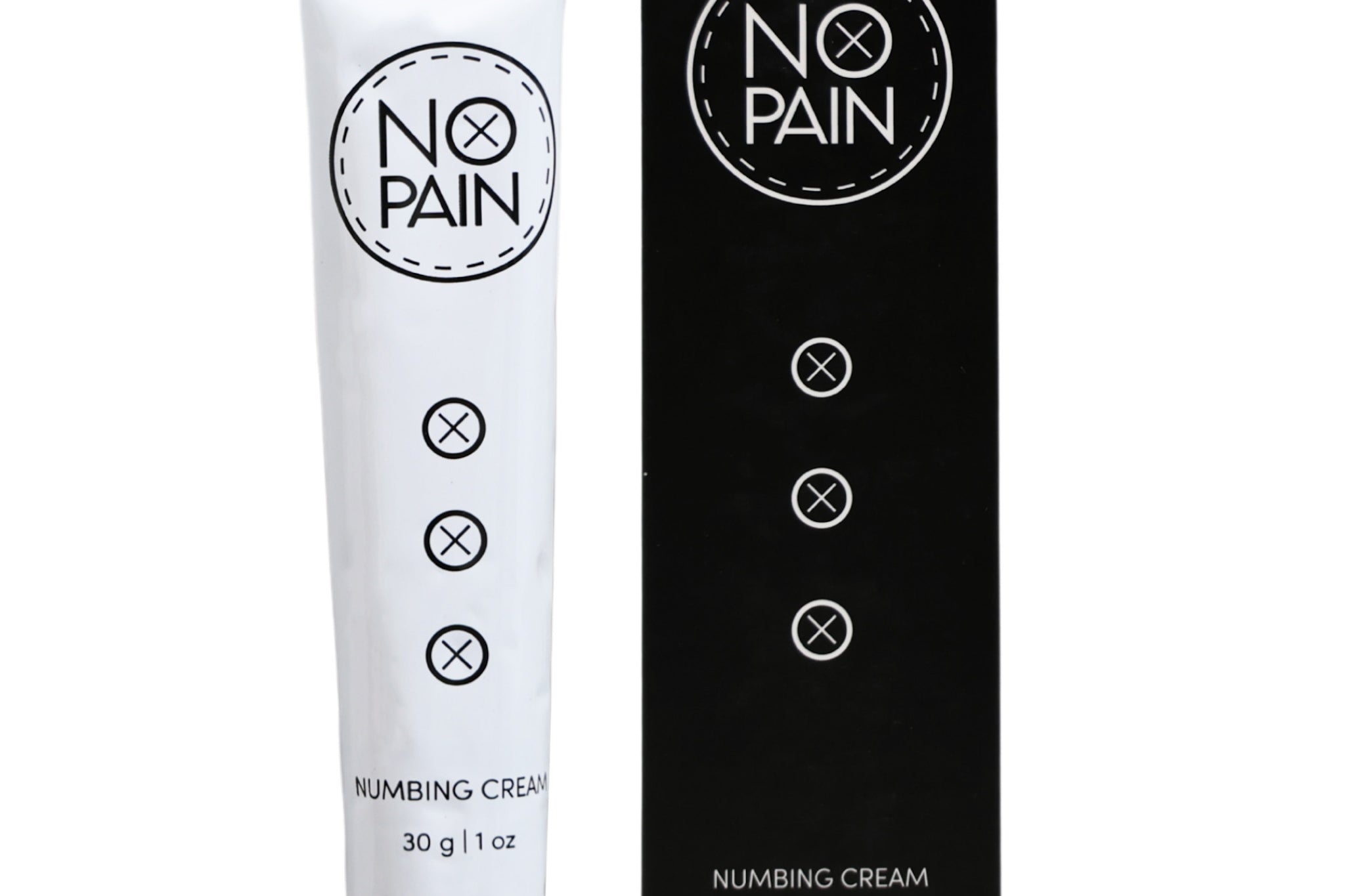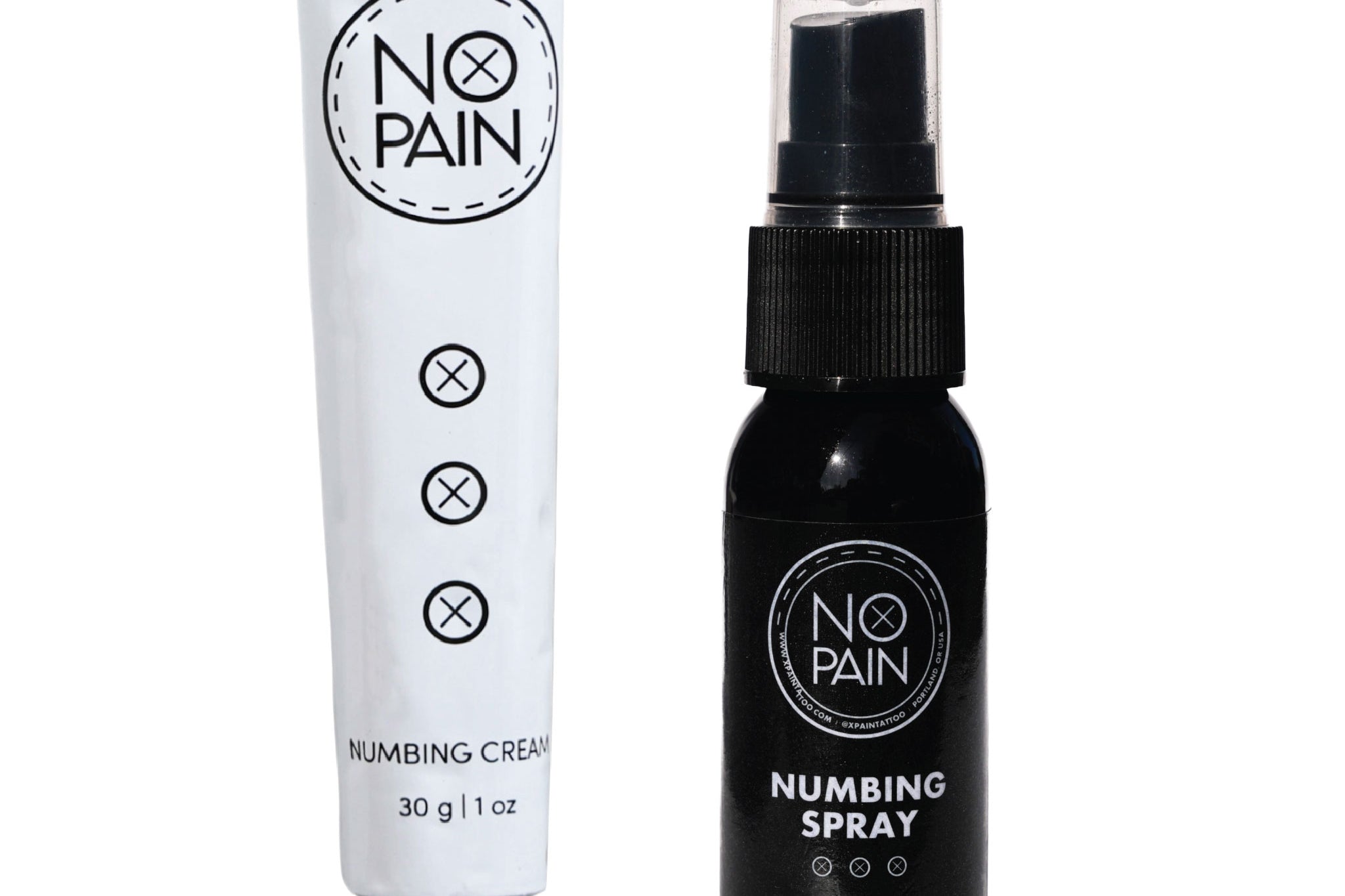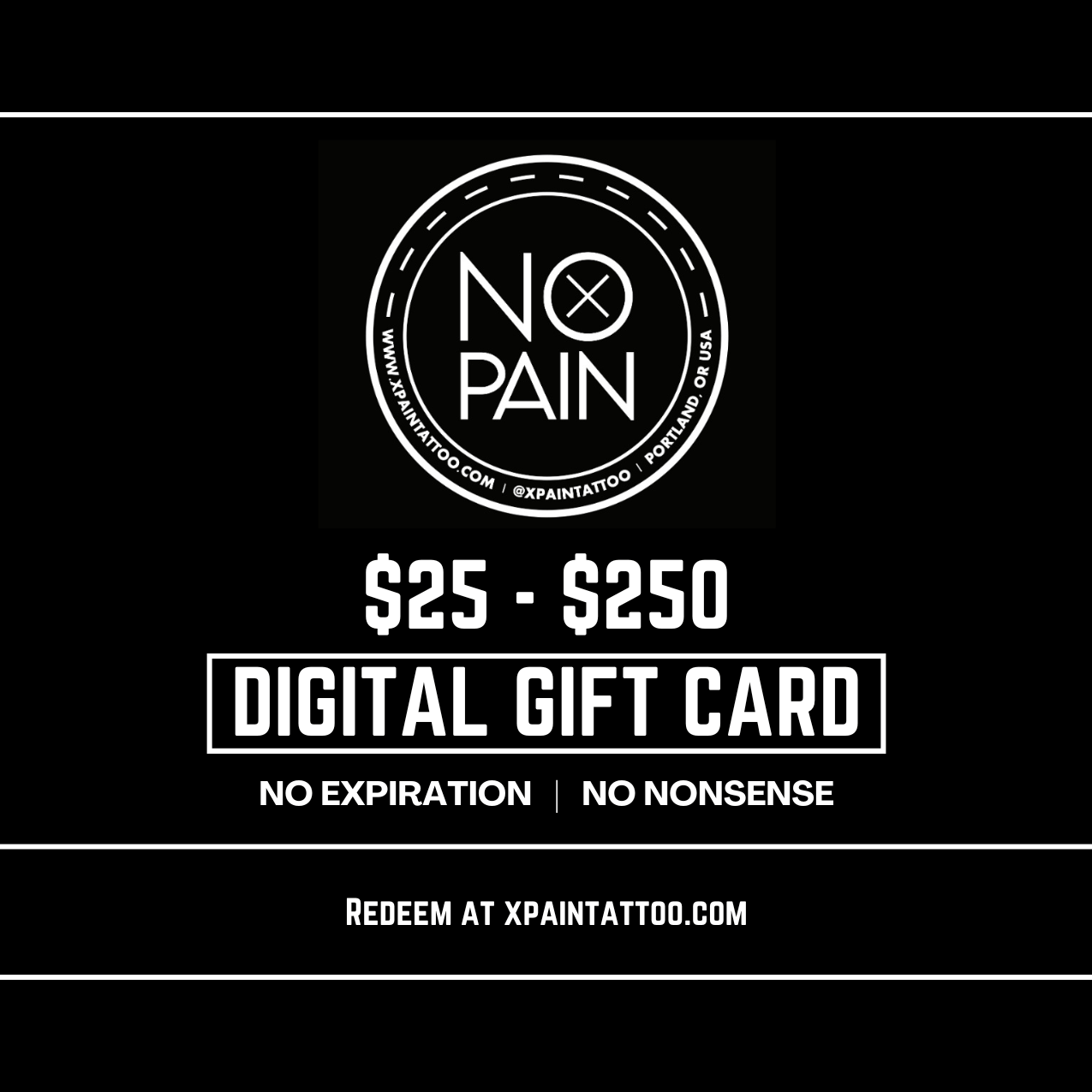In the tattoo world, you'll often hear artists and seasoned collectors talk about "overworked" skin. For someone new to the culture, or for the client in the chair when it's happening, this can be a confusing and slightly alarming term.
What does it actually mean for skin to be "overworked" during a tattoo session? Is it a sign of a bad artist? And what does it mean for your healing process?
This is your insider's guide to understanding the concept of overworked skin—what it is, why it happens, and how to properly care for it if it happens to you.
What is "Overworked" Skin?
In the simplest terms, overworked skin is skin that has been subjected to excessive trauma from the tattoo needles. The artist has passed over the same area too many times, used too much pressure, or worked on it for too long, causing more damage than is necessary to deposit the ink.
Think of it like drawing on a piece of paper. A few clean, confident lines from a pen look great. But if you keep scribbling over the same spot again and again, the paper starts to shred, get soggy with ink, and won't hold a clean line anymore. Overworked skin behaves in a similar way.
The Signs: How to Recognize Overworked Skin
You can often see the signs during the tattoo session, and they become even more apparent during the heal.
During the Tattoo:
-
The skin becomes red, puffy, and swollen very quickly.
-
It may start to bleed more than usual.
-
The skin seems to stop "accepting" the ink; the artist will wipe, and the ink will come right back out with the excess ointment.
During the Healing Process:
-
Excessive Pain and Swelling: The tattoo will be significantly more painful and will stay swollen for much longer than a normal heal.
-
Deep, Thick Scabs: This is the most common sign. The extreme trauma leads to the formation of thick, hard, and often cracked scabs instead of the usual light peeling.
-
A "Wet" or Oozing Heal: The tattoo may weep plasma for much longer than the standard 1-2 days.
-
A Scarred Result: Once healed, an overworked tattoo is often permanently raised (a condition called hypertrophic scarring) and the lines can appear blurry or blown out.
What Causes Skin to Get Overworked?
-
Artist Technique: This is the primary cause. An inexperienced artist or someone with a "heavy hand" may not have the finesse to deposit ink efficiently. They may go too deep or need to make too many passes over the same area to get the color or shading saturated, causing unnecessary damage.
-
Difficult Skin or Placement: Some areas are just harder to work with. Very thin skin (like the inner bicep or ribs) or very tough skin (like knees and elbows) can be more difficult to tattoo and may require more work from the artist.
-
The Client's Role: A client who is flinching and twitching makes the artist's job much harder. Sun-damaged or very dry skin can also be difficult to work with.
How to Care for an Overworked Tattoo
If you leave the studio and your tattoo is feeling exceptionally raw, hot, and painful, it may be overworked. The aftercare for this is even more critical than for a normal heal. Your goal is to calm the extreme inflammation and prevent the formation of those thick, ink-pulling scabs.
-
Keep It Impeccably Clean: Overworked skin is more susceptible to infection. You must keep it clean. Our No Pain Tattoo Cleansing Foam is the perfect tool, as its gentle foam formula can clean the incredibly tender skin without causing more irritation from rubbing.
-
Soothe the Inflammation: This is the most important step. Our No Pain Tattoo Soothing Gel becomes an essential tool here. Overworked skin is in a state of extreme inflammation. The cooling properties of the gel are specifically designed to reduce that redness, swelling, and burning sensation. Applying the gel 3-4 times a day for the first few days can provide immense relief and help the skin stabilize.
-
Moisturize to Prevent Scabbing: Once the initial, intense trauma has calmed down (usually after a few days of using the gel), switch to our No Pain Tattoo Aftercare Balm. Its nourishing formula will keep the skin hydrated, which is your best defense against the thick, damaging scabs that are so common with overworked tattoos.
The Verdict: Overworked skin is simply skin that has been pushed past its limit during the tattoo process. The best way to avoid it is to choose an experienced artist with a gentle, confident hand. But if it does happen, don't panic. A meticulous aftercare routine focused on soothing inflammation and providing breathable moisture can help salvage the situation and guide even a very angry tattoo toward the best possible healed result.




